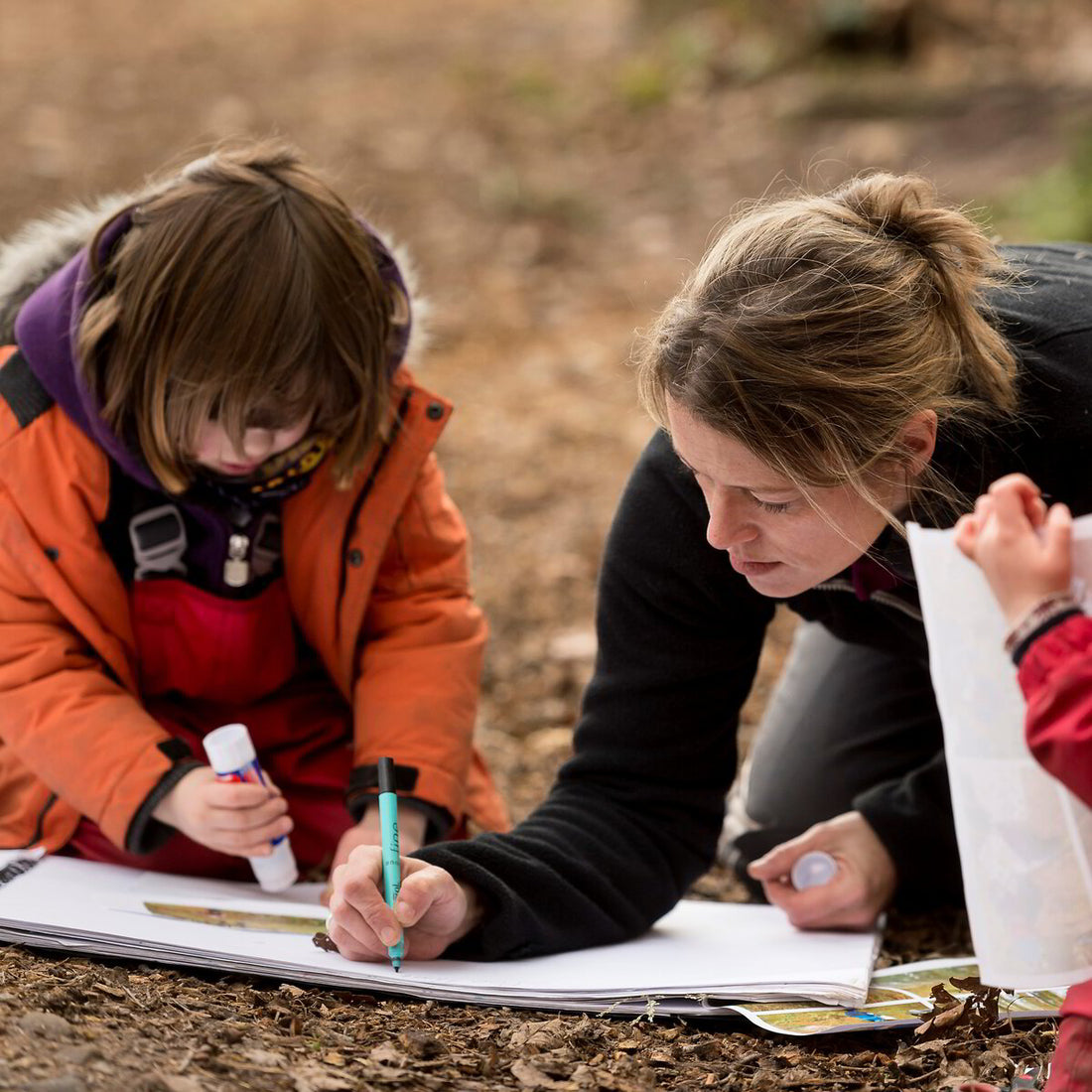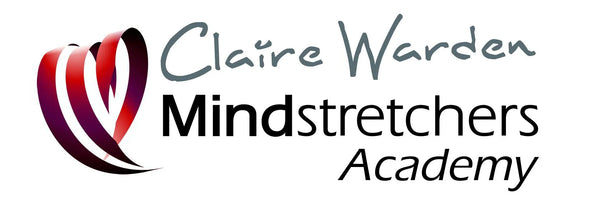
Collaborative Planning with Floorbooks
Dr Claire WardenCollaborative planning represents a fundamental shift in early childhood education.
It moves us away from adult-led curriculums to authentic partnerships between practitioners and children in the learning process.
Traditional planning positions practitioners as ones who determine what children need to learn and when they need to learn it.
Despite good intentions, this model can lead to significant gaps between your planned activities and children's natural interests.
The Floorbook Approach® offers a proven alternative: Collaborative planning.
Collaborative planning uses children's documented voices as the foundation for responsive curriculum development.
Understanding Traditional Planning Limitations
Most early years settings strictly predetermined curriculums that organize learning into themes, topics, or subject areas.
Practitioners will write weekly plans full of specific activities designed to meet the learning objectives set for them.
This approach creates several challenges:
Engagement
Children often show limited interest in adult-selected topics, requiring significant practitioner energy to generate artificial enthusiasm for predetermined activities.
Missed opportunities
When practitioners focus on delivering lesson plans, they can easily overlook the moments that allow children's natural curiosity and exploration to emerge.
Documentation
Traditional planning leads documentation to focus on proving that the curriculum has been thoroughly covered, rather than capturing the learning processes and outcomes.
Lack of agency
Children become recipients of an adult-designed education rather than active contributors to their own learning journey.
Evidence-Based Benefits of Collaborative Planning
Research and practice consistently demonstrates multiple benefits to both engagement and learning outcomes when children have an influence on curriculum decisions through collaborative planning.
Increased Engagement
Children invest more in learning experiences that they help shape. Having real interest in something unlocks greater attention and motivation than other engagement strategies.
Enhanced Learning Outcomes
When you can build an education around children's genuine curiosities, they’re able to show higher levels of critical thinking, creative problem-solving, and collaborative skills.
Improved Assessment Quality
Documentation of children's authentic thinking provides richer assessment evidence than task-based activities, revealing genuine understanding and learning processes.
Reduced Stress
Collaborative planning reduces the pressure to drive engagement, as children are already interested in the investigations they helped to initiate.
Stronger Compliance Evidence
Documentation tools like Floorbooks® provide comprehensive documentation that satisfies regulatory requirements while representing authentic learning rather than contrived activities.
The Floorbook® Revolution in Planning Practice
The Floorbook Approach® can transform planning by making children's authentic voices the starting point for developing curriculum rather than an addition to predetermined themes.
Documentation becomes a Planning Tool
Unlike traditional documentation that records learning after the fact, Floorbooks® capture children's thinking in real-time and use this documentation to inform future learning experiences.
Child Voices
Practitioners record children's exact words, questions, and observations, preserving their authentic thinking patterns and using these as curriculum foundations.
Responsive Curriculum Development
Instead of moving through predetermined topics practitioners build learning experiences around children's inherent interests and curiosities.
Collaborative Decision-Making
Children see their own thoughts reflected back to them and participate actively in deciding what to explore further, creating genuine partnership in educational planning.
Transforming Education
We hear all the time that balancing a child-centered practice against fulfilling accountability requirements is a challenge.
The Floorbook Approach® is designed to solve this.
Inspectors consistently report that settings using The Floorbook Approach® provide more convincing evidence of quality learning, as documentation captures genuine engagement and authentic development rather than performed compliance.
But perhaps the most significant impact of collaborative planning is its effect on the relationships within educational settings.
When children see themselves as valued contributors to their learning journey, they develop a stronger sense of agency and ownership.
Starting Your Collaborative Planning Journey
Starting with collaborative planning doesn't mean you need to completely overhaul your systems. It can begin by just focusing on carefully documenting children's genuine interests and using this documentation to shape your planning.
Key starting points include:
-
Actively listen to children when they demonstrate curiosity
-
Recording children's exact words and questions
-
Regularly reviewing documentation with children
-
Using the documentation as foundations for future learning experiences
The goal is creating genuine partnership in the learning process, where children's voices meaningfully influence what happens in their educational setting.
Ready to transform your planning from prediction to partnership? Join our Collaborative Planning webinar on October 7th 2025, where we'll explore practical strategies for implementing The Floorbook Approach® in your setting. Register here
